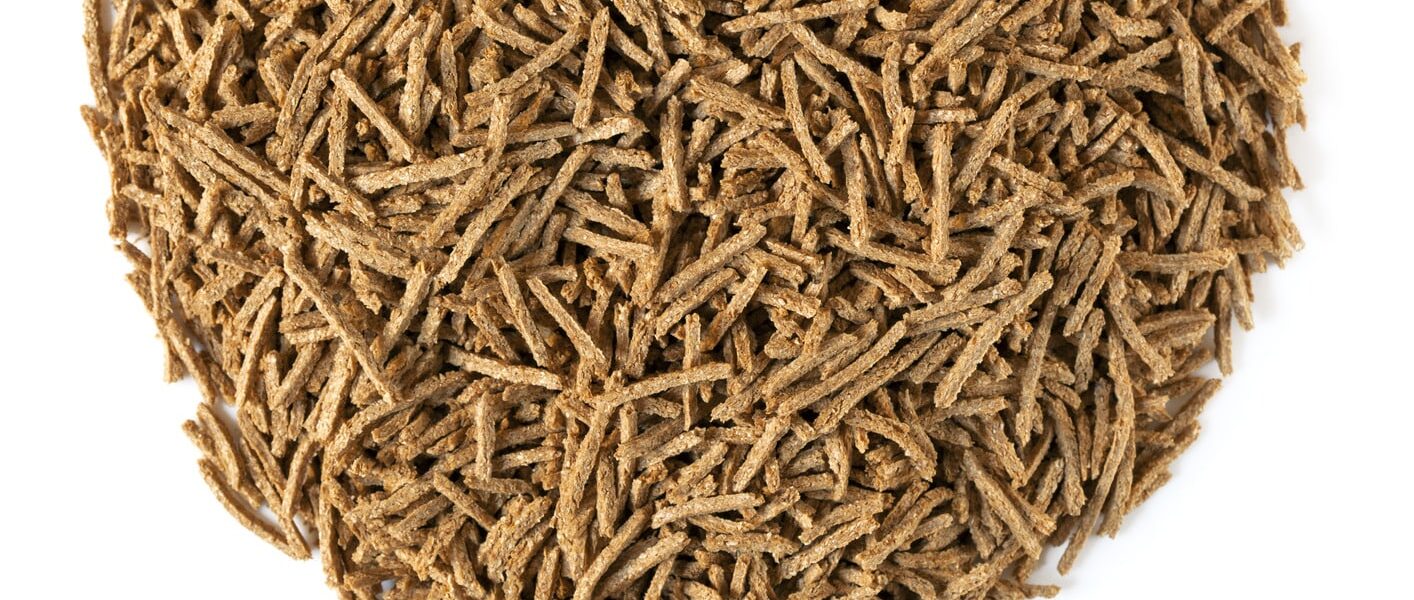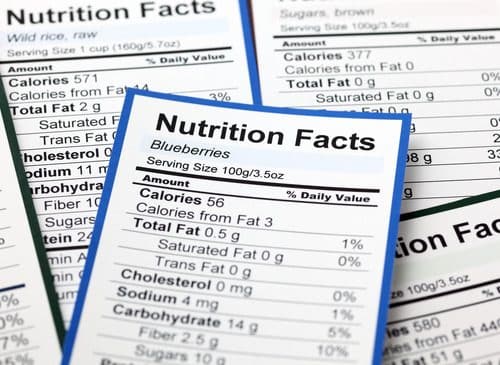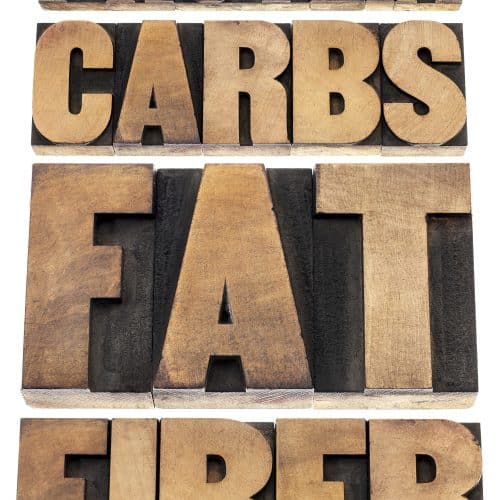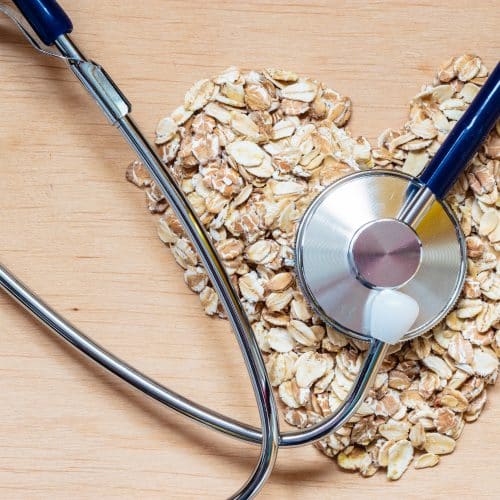Fabulous Fiber: What It Is, What It Does, and Where To Get It
If a healthful diet were a high-fashion wardrobe, dietary fiber would be the sensible shoes. And, like sensible shoes, fiber isn’t glamorous, but it can take you where you need to go.
What is dietary fiber? Dietary fiber is a type of complex carbohydrate that has two forms: insoluble and soluble. Humans don’t have the enzymes to digest fiber, so most fiber moves through the digestive tract unchanged. But once fiber reaches the large intestines, bacteria residing there dine on some of the soluble fiber, producing vitamin K (important for blood clotting) and fatty acids.
What are some of the benefits of dietary fiber? Fiber helps form bulkier, softer stools that are easier to eliminate. Also, a high-fiber meal moves out of the stomach more slowly which makes you feel fuller longer and keeps blood sugar levels more steady. The soluble type of fiber not only helps lower cholesterol levels in your blood, but studies have shown that soluble fiber can also help increase calcium absorption — a wonderful thing for your bones.
Where does dietary fiber come from? Fiber is naturally found only in plant matter — fruits, vegetables, grains, seeds, and nuts. Fiber should not be confused with fibrous. Fibrous is a tough, chewy steak that is made up of proteins and fats, but contains no dietary fiber.
What are the best dietary fiber sources? Fruits are good sources of fiber, but fruit eaten with the skin on has up to double the fiber as the same fruit with the skin removed. Vegetables should also be consumed unpeeled, when possible, to boost your fiber intake. Legumes, split peas, and lentils are fiber powerhouses with other vegetables like artichokes, green peas, and broccoli coming in close behind. Choose breads made from 100% whole grains and don’t forget to include brown rice, quinoa, and barley in satisfying soups and side dishes. When it’s time for a snack, reach for a handful of nuts and seeds instead of a candy bar. Consumers also have a choice of foods that are great fiber sources, thanks to the addition of functional fibers. These natural fibers — inulin, wheat bran, psyllium, oat bran, cellulose, maltodextrin to name a few — have been extracted from plants and then used to fortify breads, breakfast bars, yogurt, cereals, juices, and cookies. Functional fibers are also available as fiber supplements to spoon out and add to beverages, yogurt, homemade baked goods, and main dishes.
What if you’re a picky eater? Target fiber intake varies according to age and gender, but it’s around 25 grams per day for women and 38 grams a day for men. So, many people find it challenging to get enough fiber in their diets, especially if they’re not big on eating fruits and vegetables. When you’re in the grocery store, be on the lookout for front-of-the-package labels that include the word “fiber,” like “high fiber,” “excellent source of fiber,” or “double fiber.” Those are usually the products that have functional fibers included in the ingredients and can deliciously boost the fiber intake of even the pickiest eater.
 Ellen Stokes, MS, RD, LD is an award-winning video producer, director, and writer in addition to being a registered dietitian. Ellen writes and creates videos about nutrition education, food safety, menu planning, grocery shopping, and healthful cooking on a budget. Ellen has worked with organizations and companies including the Partnership for Food Safety Education, the University of Georgia Food Science Department, and Golden Cuisine. Ellen formerly worked for CNN as a writer and producer and has taught food safety online for Georgia State University and she teaches nutrition to fledgling chefs at the Art Institute of Atlanta. Check her out on Twitter @EllenS_RD.
Ellen Stokes, MS, RD, LD is an award-winning video producer, director, and writer in addition to being a registered dietitian. Ellen writes and creates videos about nutrition education, food safety, menu planning, grocery shopping, and healthful cooking on a budget. Ellen has worked with organizations and companies including the Partnership for Food Safety Education, the University of Georgia Food Science Department, and Golden Cuisine. Ellen formerly worked for CNN as a writer and producer and has taught food safety online for Georgia State University and she teaches nutrition to fledgling chefs at the Art Institute of Atlanta. Check her out on Twitter @EllenS_RD.





